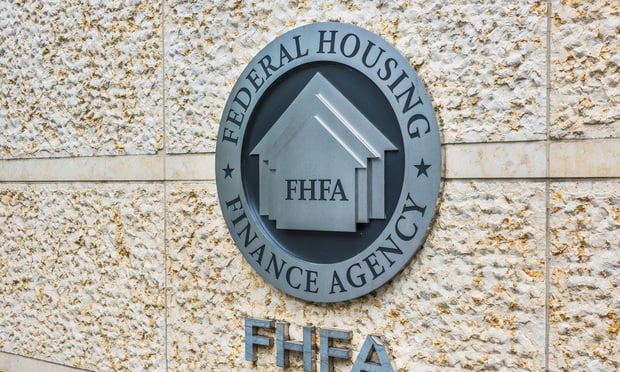
NEW YORK CITY—Even as a new Freddie Mac survey of multifamily industry participants found that maintaining an adequate supply of affordable housing is a key concern, one of the most important instruments for doing so is on firmer footing than ever. CohnReznick LLP reports that properties financed with Low Income Housing Tax Credits enjoy better operating metrics today than at any time in the LIHTC program's 31-year history. The accounting, tax and advisory firm released its latest survey of LIHTC participants Thursday in conjunction with its 2017 Annual Fall Affordable Housing Conference, running in Las Vegas through Friday.
Participants in CohnReznick's sixth study of the LIHTC program operated a total of more than 22,000 properties in 2016, the year covered by the survey. On a median basis, they reported 97.8% physical occupancy rate, 1.35 debt coverage ratio, and more than $600 per-unit per annum net cash flow.
What's more, the report says that based on survey respondents' experience, the cumulative foreclosure rate for housing tax credit properties is just 0.71%. And by way of countering a misperception that LIHTC properties depress a local housing market, the CohnReznick study cites a 2016 Trulia report focusing on the nation's 20 least affordable housing markets; it determined that “housing credit properties had no negative effects on nearby home values.”
Performance of properties financed through the LIHTC program continues to be strong for many reasons, says Cindy Fang, partner at CohnReznick and leader of the firm's tax credit investment services practice, which wrote the study. “The growing need for affordable housing supports high rates of occupancy for housing tax credit properties and strong operating performance. Virtually all housing tax credit properties are fully occupied barring normal turnovers, many with lengthy waiting lists.”
Furthermore, Fang says, “The unique public-private partnership structure of the housing tax credit program supports a very low rate of foreclosures compared to any other type of real estate. Ultimately, the success of housing tax credit investments is collectively 'guaranteed' by stakeholders that share common goals.”
However, there are a few clouds on the horizon. The report cautions that due to market reaction to the uncertainty over corporate tax reform, the “value” of housing tax credit investments—i.e. the price at which housing tax credits trade—has generally fallen by over 10 cents between year-end '16 and the third quarter of this year. If the trend continues, CohnReznick says, properties financed with housing tax credits may be forced to borrow more money from other sources to make up the difference. This could eventually weaken debt coverage ratios and cash flows for tax credit properties.
To illustrate this point, the report looks back at what happens when tax credit prices rise, as they did in the years just before and just after the 2008 Recession. “As housing tax credit prices rose, new housing developments financed with housing tax credits needed to borrow less money to pay for the high cost of construction. For example, hard debt, requiring regular debt service payments, made up just 17% of the permanent sources of development financing for housing tax credit property placed in service in 2013.”
Nonetheless, the report cites “the solid structure of the housing credit program” as one of two foundational factors underpinning the tax credit program's success. The other, of course, “the already high and increasing demand for affordable housing.” With statutory authorization among the factors limiting the LIHTC's production power, and thus its capacity to meet that demand, Sens. Mary Cantwell (D-WA) and Orrin Hatch (R-UT) have reintroduced legislation to expand and strengthen the housing credit.
“The Affordable Housing Credit Improvement Act would increase housing credit authority by 50% over a five-year period, which would be a significant step toward addressing the rising national demand for affordable housing,” according to CohnReznick. “The proposed legislation also contains important provisions that support housing credit development coupled with multifamily housing bonds, which currently provide critical financing to roughly 40% of all housing credit units. CohnReznick supports this bill and actively works to educate elected officials on the value of this program.”
Want to continue reading?
Become a Free ALM Digital Reader.
Once you are an ALM Digital Member, you’ll receive:
- Breaking commercial real estate news and analysis, on-site and via our newsletters and custom alerts
- Educational webcasts, white papers, and ebooks from industry thought leaders
- Critical coverage of the property casualty insurance and financial advisory markets on our other ALM sites, PropertyCasualty360 and ThinkAdvisor
Already have an account? Sign In Now
*May exclude premium content© 2025 ALM Global, LLC, All Rights Reserved. Request academic re-use from www.copyright.com. All other uses, submit a request to [email protected]. For more information visit Asset & Logo Licensing.








